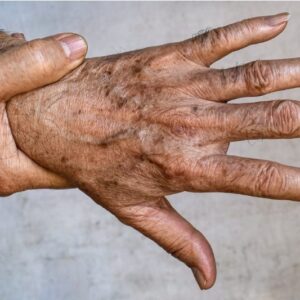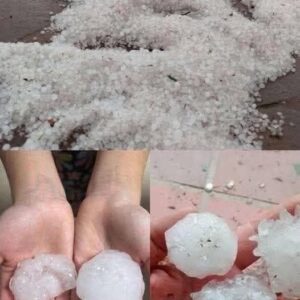If you’ve ever coughed, sneezed, or even laughed a little too hard and suddenly felt a strange object dislodge from the back of your throat, you’re not alone — and you’re not imagining things. That odd, small, white or yellow lump that smells terrible and feels gritty? It’s most likely a tonsil stone, also known medically as a tonsillolith.
Let’s break down exactly what these bizarre little formations are, why they happen, and what you can do about them — especially if you’re one of the many people who experience them more often than they’d like to admit.
What Are Tonsil Stones?
Tonsil stones are small, hardened deposits that form in the crevices (called crypts) of your tonsils — the two small masses of lymphatic tissue located at the back of your throat. These crypts are perfectly normal, but for some people, they act like little trap doors for debris.
Over time, a mixture of:
Dead cellsMucus
BacteriaFood particles
can get lodged in those pockets. When that gunk hardens and calcifies, it forms a tiny, whitish lump — the dreaded tonsil stone.
What Do They Look and Smell Like?
As the image shows, tonsil stones often look like small, white or yellow lumps that resemble a grain of rice or a piece of popcorn. They can range in size from a grain of sand to a pea — sometimes even larger.
The real kicker? The smell. Tonsil stones often carry a very unpleasant odor due to the bacteria and sulfur compounds they harbor. If you’ve ever had one dislodge and noticed a sudden, awful taste in your mouth — that’s the reason.
Common Symptoms of Tonsil Stones
You might not always see or feel them, but larger or more frequent tonsil stones can cause noticeable symptoms, such as:
A persistent sore throat or a feeling of something “stuck” in your throatChronic bad breath (halitosis)Difficulty swallowing
Ear pain (even though the stone is in your throat, nerves are interconnected)Swollen tonsils or visible white spots
In many cases, they’re painless and go unnoticed — until they come out, as described in the viral post:“I sneezed 4–5 times and felt something tickling my throat. Today, my throat is completely clear after this little thing came out.”
Why Do Some People Get Tonsil Stones?
Tonsil stones are more common in people who:
Have deep tonsil cryptsExperience chronic tonsillitis or frequent throat infections
Have poor oral hygieneBreathe through their mouth, especially during sleep (which dries out the mouth)Suffer from post-nasal drip
The structure of your tonsils plays a huge role — some people simply have more crevices and folds than others, making it easier for debris to get trapped.
Are They Harmful?
In most cases, tonsil stones are harmless, just annoying. They don’t usually cause serious health problems, but they can lead to complications if they grow large or get infected. In rare instances, a severe or recurrent infection may require treatment.
If you experience persistent pain, swelling, or difficulty swallowing, it’s time to consult a doctor or ENT (ear, nose, and throat specialist).
How Can You Get Rid of Tonsil Stones?
Here are some ways to remove or manage tonsil stones:
At-Home Remedies:Gargle with salt water: Helps dislodge smaller stones and soothe irritation.Use a water flosser (at low pressure): Can flush out stones from tonsil crypts.
Cotton swab method: Gently pressing on the tonsils can release visible stones. Be cautious and sterile!Stay hydrated and maintain good oral hygiene to reduce buildup.What Not to Do:Don’t use sharp objects or forceful tools. Tonsils are delicate and can bleed easily.
Avoid digging deep into your throat — you could worsen irritation or cause infection.🏥 Medical Options:Antibiotics: May be prescribed if an infection is present.Laser cryptolysis: Reshapes tonsils to minimize crevices.
Tonsillectomy: In severe, recurrent cases, surgical removal of the tonsils might be recommended.Can You Prevent Them?
There’s no guaranteed way to prevent tonsil stones entirely, but you can minimize their formation with a few habits:
Brush your teeth and tongue thoroughly twice a day.
Floss daily to eliminate food particles and bacteria.Use a non-alcoholic mouthwash to rinse away debris.Drink plenty of water to stay hydrated and keep the mouth flushed.
Consider a tongue scraper and water flosser for deeper cleaning.





